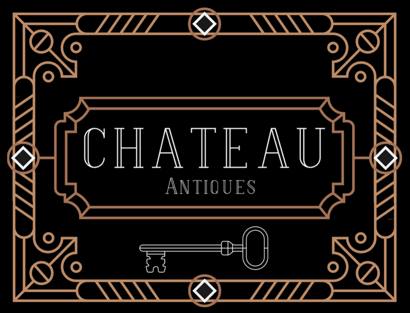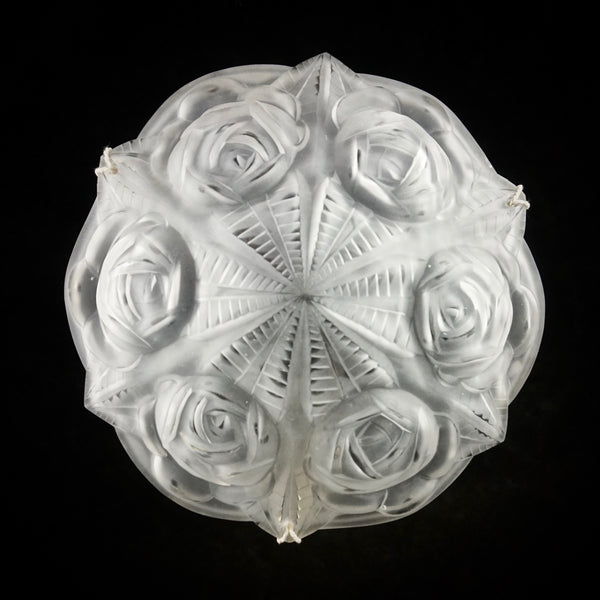ODYV – Its History and Prominence During the Art Deco Movement
Back in the 19th century, and especially before the 2nd industrial revolution that was to mark its final third, having a clock was reserved for the elites since it was expensive and time-consuming to manufacture. To display their wealth, families in Belgium and the north of France would have such clocks commissioned and would proudly display them as centrepieces on their mantles so visitors would see that they knew what the time was, and by knowing that, controlled it in a sense.
With new advancements being made both in terms of industrialised production procedures and cheaper materials, clocks of this kind became easier and cheaper to produce on a larger scale, causing them to enter the homes of ever more people. Ceramics or “faience” were the contemporary equivalent to cheap plastic and allowed for less expensive yet beautiful clocks to be made. This trend continued well into the French Art Deco period, adapting itself to consumers’ new tastes and making good use of the style’s blending of contemporary and classical inspiration.
The most prominent factory to create such clocks as well as other ceramics, “Berlot & Mussier”, was based in Vierzon, France. ODYV was the mark by which their pieces were known throughout the French Art Deco period, or more precisely from 1927 to 1940. It combined the names of the two designers, Odette Berlot and Yvonne Mussier. During that time the factory didn’t focus exclusively on clocks, producing other ceramics including vases and sculptures , but their inspired clock designs remain the most important pieces of the period.
Since the market for such products was now wide open and completely without prejudice, ODYV could allow themselves a great measure of creative freedom while still being perfectly in alignment with their customers’ needs and sensibilities. All the classic hallmarks of French Art Deco ceramics are present in these works as well, combining fashionable aesthetics and practical purpose into a harmonious product.
Some of their sculptures are reminiscent of works by Charles Lemanceau (4) (1905 – 1980), depicting animals in motion or on the prowl. Others are clearly inspired by classical Greek sculpture and Egyptian influences. Chariot clocks and female statuettes are prime examples of this.
Even though ceramics is the predominantly used material, their creations often try to emulate other materials like marble or stone, jade and lapis. In the spirit of the times, some of their creations are also vibrantly colourful, the use of a glaring cobalt blue tone in some of their vases and clock garniture sets being the most vivid example. One needs to keep in mind that these designs were meant first and foremost to enhance their surroundings, but continue to impress in their own right.
After 1940 and the removal of the ODYV label, “Berlot & Mussier” continued to produce clock designs and animal sculptures, but these were of an inferior quality and not as inspired. After WWII faience became more expensive to produce and other goods were starting to tickle the consumers’ imagination. Today, ODYV’s creations grace museums and collections around the world and serve as a testament to an age of progressive thought and integration of art into the home.
ChateauAntiques December 2016




Chateau Antiques
Author